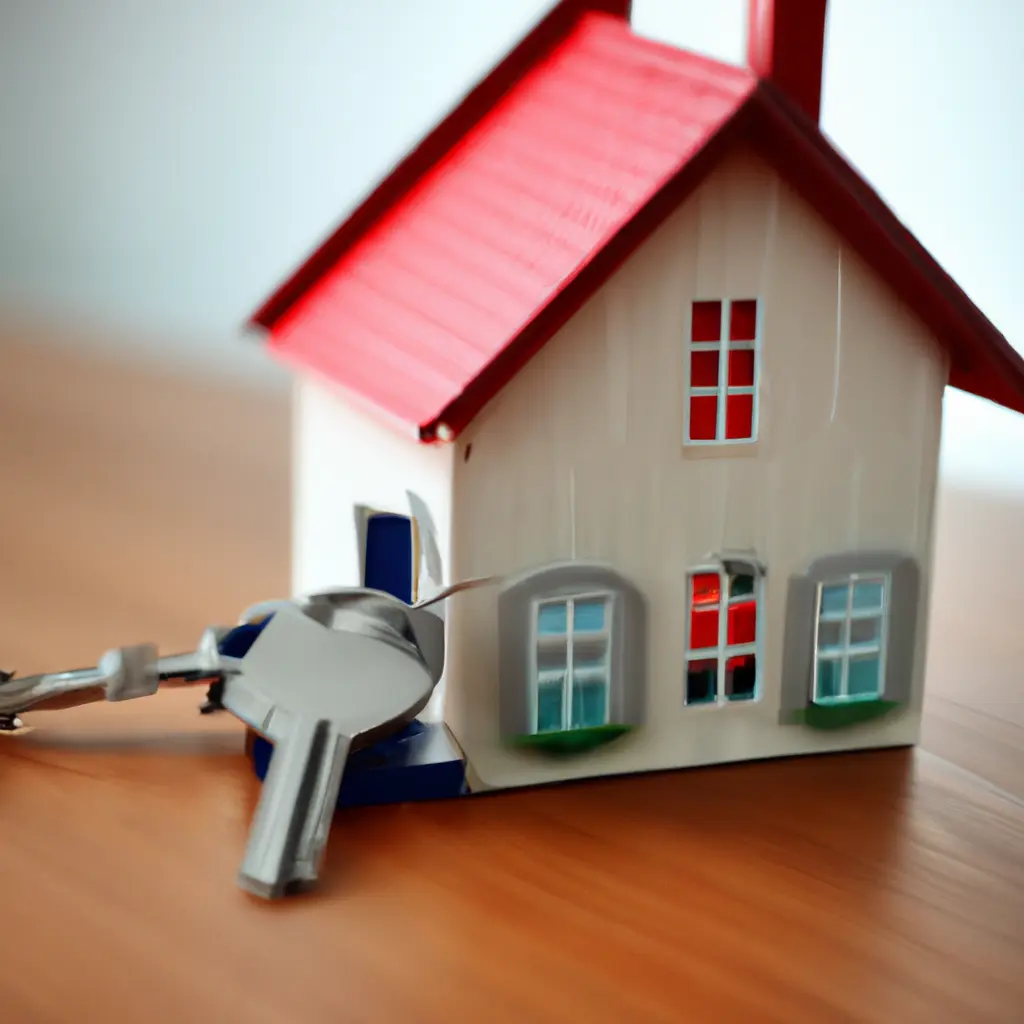Mortgage loans in Italy: lower hypothecation, higher financed capital


The Tax Agency has published the 2023 Mortgage Report by Omi, containing statistics on the number of mortgaged properties and financed capital in 2022.
Last year, some 443,000 mortgage deeds were registered on nearly 1 million properties to secure almost 102 billion euros of debt capital.
The report also shows that of the total capital financed in 2022, more than 25 billion, about 25%, comes from deeds in which the pledged real estate units are located in the eight largest Italian cities. mortgages in Italy.
According to the Omi report, debt capital 'extracted' from real estate in 2022,''amounts to about 102 billion euros, representing 5.3% of Italian GDP.
The total amount of this capital, which reliably finances the real estate market (usually the acquisition of housing financed by a mortgage loan, using the acquired housing as collateral), amounts to about 48 billion euros.
About 36 billion euros are used to finance other economic activities: in this case, the potential value of real estate turns into a value that enters an active economic cycle. The remaining around 18 billion euros have a mixed purpose.
In 2022, around 443 thousand mortgage deeds were signed and registered for a total of 975,937 mortgage properties (-4.0% compared to 2021''year) and 101.6 billion euros of funded debt capital (+0.2% compared to 2021) in exchange for mortgage collateral.
For the most part, 68% of mortgage properties are 'residential' deeds in which the real estate is residential premises and appurtenances, and in which financing in 2022, net of replacement, amounts to almost €50 billion, approximately 49% of the total.
The remaining 52 billion euros relate to acts that register mortgages as security for the financing of other types of real estate other than residential (commercial and service, manufacturing, etc.).
From the analysis of mortgage data by geographical area, it follows that the concentration in the north is high both in terms of mortgaged''properties, accounting for 60% of the national total, and in terms of financed capital, accounting for 57% of the total.
In all areas, the number of mortgaged properties is decreasing and debt capital is increasing in 2022 compared to 2021 in the north (+11%) and south (+5%), and decreasing in the center (-13%).
The north and south are also the geographic areas with the highest growth, +28% and +33%, respectively, compared to 2021, of debt capital backed by the value of real estate not returned to the real estate market but intended to finance other economic activities.
In the eight largest Italian cities by''s population in 2022, there are almost 125 thousand mortgage properties that correspond to more than 25 billion euros, about a quarter of the total national level financing, increased by 4.4% compared to 2021, but onlyMilan, Bologna and Genoa, among the 8 cities, show a positive annual trend.
As noted in previous years and in line with nationwide data, in major cities around 50% of the financed capital using mortgaged real estate units returns to the real estate market. In Palermo and Naples, more than 80% of debt capital is returned to the real estate market. In Milan, on the other hand, almost half of the debt capital finances other economic activities.
Comment
Popular Posts
Popular Offers

Subscribe to the newsletter from Hatamatata.com!
Subscribe to the newsletter from Hatamatata.com!
I agree to the processing of personal data and confidentiality rules of Hatamatata














